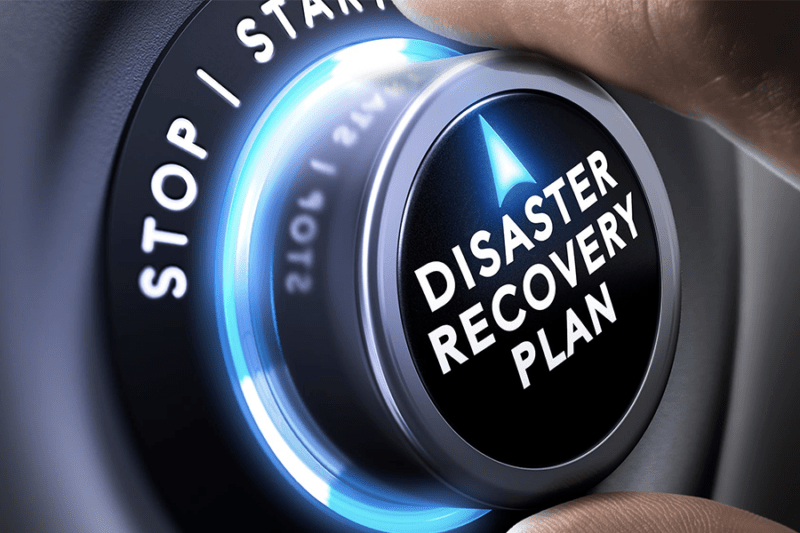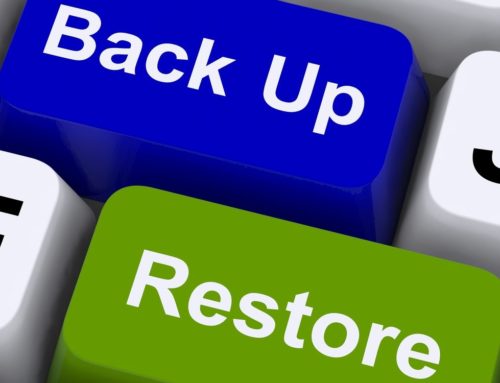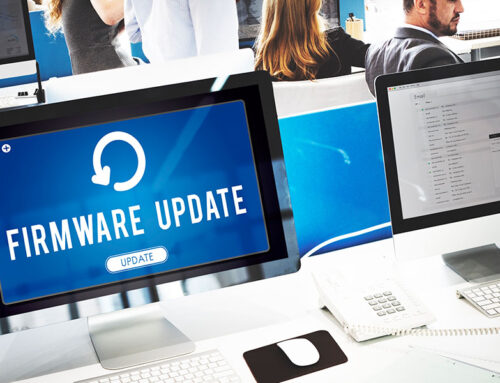In the world of information technology (IT), a disaster recovery plan documents the procedures to follow in the case of an unexpected event that places business operations at risk. This guide details the parts of a comprehensive disaster recovery plan and provides best practices about how to implement strong disaster recovery planning at your organization. Many companies include the disaster recovery process in their overall business continuity planning document.

What Does a Disaster Recovery Plan Include?
Disaster recovery plans should cover all the steps your organization should take to shore up critical systems and data security services before, during and after a disaster. A disaster recovery plan takes effect in both natural disasters like severe weather and man-made catastrophes such as data breaches and hacker attacks. Your disaster recovery plan would also take effect in the case of the following:
- Flood
- Fire
- Terroristic incident or threat
- Loss of power, phone service and/or internet service
- Cyberattacks
- Hardware or software failure
- Data loss due to human error
Basically, a disaster includes anything that could cause critical system components to stop functioning as expected. It could affect your connection to your internet service provider, your hardware, the server room or physical computer environment, software applications and/or data storage and restoration.
Every company has a different IT disaster recovery plan. Generally, you’ll want to include information technology recovery strategies for all the IT your company uses for normal operations, including but not limited to wireless devices, laptop and desktop computers, data servers, cloud servers, electronic data interchange systems, VOIP phone systems, email and instant messaging services.
Anyone in your organization should be able to understand and implement the disaster recovery systems documented in your plan. You should include instructions for different types of disasters requiring different recovery management strategies.
Why Are Disaster Recovery Plans Important?
The lack of recovery strategies can have a serious impact on the ability of your business to survive a disaster. Lost data potentially puts your revenue at risk, causing customer dissatisfaction and damaging their trust in your brand. Depending on the industry and type of business, a robust disaster recovery solution could keep your company compliant with legal requirements for data security.
On the other hand, a strong disaster recovery plan can protect your business operations from these impacts. Ideally, even the most complex business operations can remain at least minimally operational after a disaster with comprehensive disaster recovery procedures.
You can estimate how much a disaster that causes an IT service outage would cost your organization in the absence of a recovery plan by considering these factors:
- Fees for failure to comply with regulatory rules about disaster recovery
- Loss of internal data, including but not limited to documents covering research and development, human resources, financial information and customer data
- Loss of sales from an inoperable online store
- Lost revenue from missed billable hours
- General impact on employee productivity
What Are the Types of Disaster Recovery Plans?
Your organization may need one or more of these infrastructure recovery services in the event that disaster strikes your data.
Cloud Disaster Recovery Plan
This type of plan relies on a backup of your entire system on a public cloud at least 150 miles from your primary business site. During an incident and through disaster site rebuilding, your IT team can operate from the cloud site once your company has new hardware in place. These information services backup procedures support business continuity.
It’s especially important to address security when your communication disaster plan includes a cloud-based data center. You’ll also need to fully map the locations of physical and virtual servers so your departments can access the information they need to operate.
Data Center Disaster Recovery Plan
This plan requires a completely separate facility where your business will operate if a natural disaster or similar incident occurs. This type of disaster recovery plan has three subtypes you can use for your mobile site setup plan:
- The cold site has everything you need to operate except data processing systems and IT infrastructure
- The warm site adds IT infrastructure and a data processing system that conducts periodic backups, so you’ll have access to comprehensive recovery data
- The hot site, a fully operational alternate site that directly mirrors your existing operation down to the data processing personnel, is usually administered by an external vendor that specializes in this type of recovery
This type of plan makes sense if your company needs to address a diverse range of potential disaster scenarios.
Network Disaster Recovery Plan
You’ll use this plan in the event of interrupted network services, ranging in severity from compromised service to complete outage. The network disaster recovery plan examples cover wireless networks, wide-area networks, local-area networks, data processing systems and voice and internet services.
The detailed, step-wise recovery plan should be specific to your network. For example, IT recovery management becomes more complex as the complexity of your network increases.

Virtualized Disaster Recovery Plan
This plan involves creating and storing your company’s entire IT infrastructure on a virtual machine. This virtual copy allows you to recover core business services without a hitch since the backup operations procedures work with any hardware, providing support for business continuity. If a disaster occurs, IT operations simply shift to the off-site location.
Virtualized plans provide easy testing and fast recovery. However, some essential business applications may not be accessible in this space.
What Should a Disaster Recovery Plan (DRP) Include?
These components belong in your disaster recovery plan checklist.
Recovery Point Objective and Recovery Time Objective
First, you need to establish the recovery time objectives for your business processes. The RTO describes the maximum amount of time (seconds, minutes or hours) that your company can lose its critical data processing operations and continue to function. You’ll also need recovery point objectives, which establish a maximum age of files you can use for data recovery.
Disaster Recovery Plan Testing and Improvement
Successful contingency planning requires a comprehensive test of the disaster recovery plan. You’ll be able to see how well your internal recovery strategies work when you practice the smooth and rapid restoration of your core business services in a trial run. If you can’t quickly resume key operations, you’ll need to make adjustments to your emergency response procedures so you can restore critical systems.
Attention to Prevention
These components of your disaster recovery plan template are designed to prevent the financial and reputational loss that can result from the lack of an appropriate emergency response. In this category, you’ll need to shield sensitive data with tools like surge protectors, generators and regular backup protocols.
Methods of Threat Detection
Your data center and other key leaders should remain constantly aware of potential business continuity risks before these threats become actions. Comprehensive enterprise resiliency requires intensive inspection and monitoring, as well as a detailed contingency plan tailored to each specific risk.
Information About Personnel
The disaster recovery plan should have comprehensive contact information for your entire IT staff, as well as details about any other staff members trained on disaster recovery protocols. You should also have a backup copy of the org chart.
Inventory of Applications and Assets
This component of the plan represents a full inventory of your company’s physical IT assets. For each item, include the model, manufacturer, cost, serial number and purchase or lease information as appropriate. You should also develop a full list of applications, indicating which are fixed assets and which are critical to data center operations.
Backup and Disaster Recovery Procedures
The disaster recovery plan should spell out the process of backing up all your company’s IT services and data. List out specific items and indicate where the backup versions have been stored so anyone can pick up where you left off with limited service interruptions.
Next, you’ll document the specific procedures your team should use when responding to an emergency. This part of the plan includes action steps to be taken in various scenarios along with the responsible person (as well as alternates in case that person is unavailable).

Prepare Now for Disaster Recovery
EIRE Systems can serve as the cornerstone of your company’s disaster recovery plan. We can handle all levels of disaster recovery complexity as a leading independent provider of professional IT services to Japan’s financial, insurance and multinational sectors and throughout the Asia Pacific region.
As cyberattacks become ever more sophisticated, we can scale with your business and ensure you remain protected in the event of a breach or any other IT disaster. We’ll help you regularly review your plan to make sure it still reflects your operational needs. Contact us today to learn more about how we can help you develop this key area of risk mitigation.
About the Author: EIRE Systems
EIRE Systems is a leading independent provider of professional IT, AV and Access Security services to the financial, insurance, manufacturing, health care, retail, construction, hospitality, commercial real estate, legal, educational and multinational sectors in Japan and throughout the Asia Pacific region. EIRE Systems has expertise across a wide spectrum of Information Technologies, with a track record for successfully completing hundreds of assignments since its establishment in 1996.



